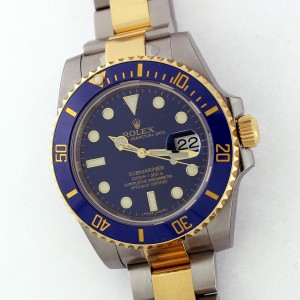The History of Watches
Watches: you look at them every day, multiple times a day. Whether you use your watch to tell the time or wear one only to complete an outfit, watches have been an integral part in our daily lives. But have you ever considered the deep and rich history of the piece sitting on your wrist? Despite changes in their appearance and style, watches have been consistently present throughout history, while fulfilling their key purpose of keeping track of time.
Watches found their beginning in the German cities of Augsburg and Nuremberg in the 16th century. Developing as “portable” and wearable clocks, watches were made possible with the invention of the mainspring. Oddly enough, the majority of these “clock-watches” weren’t worn on wrists, as they are today. Rather, these early versions of watches were fastened to people’s clothes or worn around the neck. They were more fashionable than functional at the time, as the technology made the inner mechanisms work poorly and slowly.
The 17th century ushered in pocket watches, which was around the time that Charles II of England popularized men’s waistcoats. The technology also evolved, as time keeping mechanisms improved with the invention of the stackfreed, which was a spring-loaded addition to the mainspring, and a fusee, which was a conical pulley fashioned with a chain attached to the mainspring barrel.
Through the rest of the 17th century and well into the 18th century, watch technology was further developed into fully functioning, time-telling pieces. A more notable change in watch history came in the 19th century, when watches began to be mass produced. Despite European efforts to mass produce watches, it was an American, Aaron Lufkin Dennison of Massachusetts, who found success. While the establishment of railroad systems in the U.S. was sprawling across the country, the need for more accurate watches became a necessity. And in 1891, Webb C. Ball created the first precise and reliable timepiece.
In the 1920’s, wristwatches became increasingly popular, and eventually spread from being used for cross-country business to everyday, practical use and wear. Many of the same mechanisms can be found in certain brands of watches, and many older versions still work just as well as they did nearly 100 years ago.
We hope that you’ve enjoyed just a brief snippet of the history of watches. For any watch needs, repairs, band resizing, or questions, all of our professionals at Stewart Kuper Jewelers are open and happy to help!



